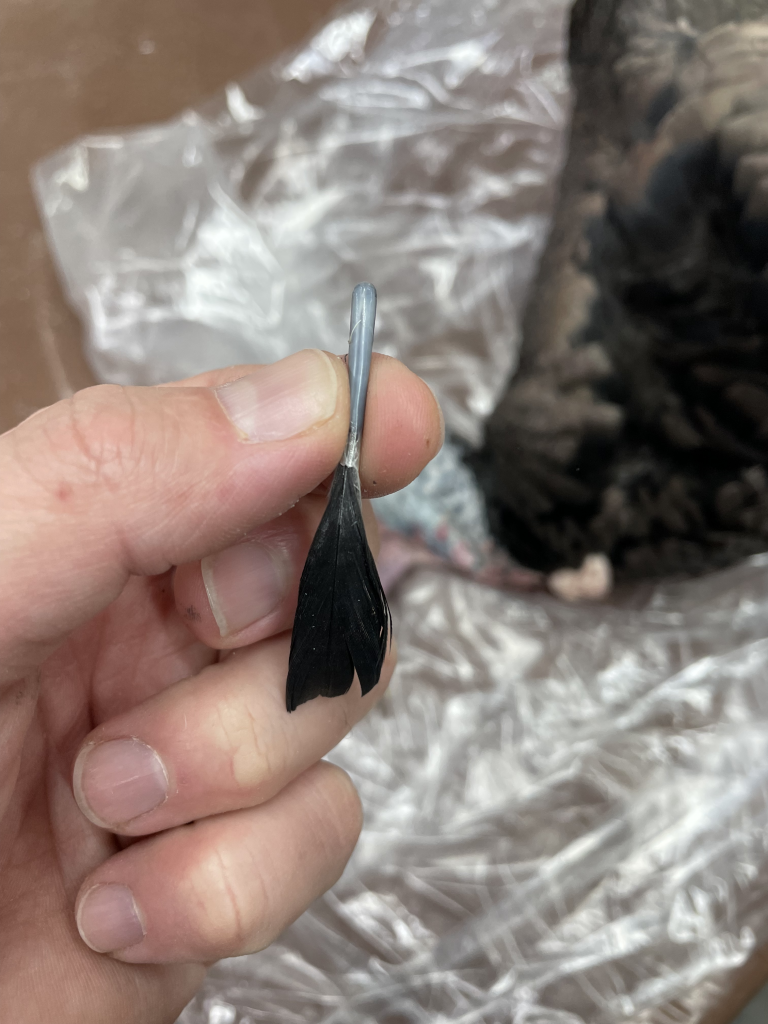Pin Feathering and How It Ruins Wild Turkey Mounts
If you’re hoping to get your bird stuffed, make sure to heed the following advice.
Ever had a taxidermist tell you he or she couldn’t save your fall turkey mount? If you harvested it at the wrong time, that’s likely the case.
Award-winning taxidermist Josh West, owner of The Taxidermy Guy in Bowling Green, Kentucky, received high honors at the 2022 NWTF Convention taxidermy competition. He received the “Best Strutting Bird” and “Best of Show” awards, the latter of which is especially coveted.
Currently he specializes in bird and waterfowl taxidermy and hopes to share an important message with anyone looking to have a turkey mounted in the future. It’s all about pin feathering, and how it can ruin wild turkey mounts.
For those who are hoping to have a spring-harvested turkey, rest assured this doesn’t apply to you. However, it is important to know for those looking to bring a fall-harvested bird to the taxidermist.
“If you look, you’ll see immature feathers everywhere,” West said. “Turkeys molt, lose their features and grow them back every year. But in the fall, they haven’t all grown back yet. So, these immature features throughout the bird don’t have a good root system. You can barely pull, and they come out.
When an immature pin feather is next to a matured feather, you can tell the difference. But you can’t when these feathers are on the bird itself.

“When I skin the bird, I’ll flesh the meat and fat off, and there’s nothing left to hold the pin feather in there,” West said. “It isn’t rooted in the skin yet. So, all the feathers fall out. Then your bird looks half bald. It isn’t full.”

So, what months are most affected by this? All fall months. According to West, September and October are the worst times to shoot a turkey and take it to the taxidermist. Chances are it won’t survive the taxidermy process, and if it does, likely won’t last long afterward. Once November arrives, the feathers might be mature enough to work, but it’s still highly unlikely, as about 90% of turkeys are still pin feathering.
“I have mounted them in December,” West said. “But they still have some pin feathers, and I tell the customer it might not be as full as normal.”
Fortunately, he can use alternative capes from other birds (but still use your turkey beard, legs, and maybe the fan), but that obviously won’t work if your turkey is an oddity, such as an albino, smoke gray, erythristic (red phase), melanistic (black phase), etc. So, if hunting an oddity or color phase bird, it’s highly likely a taxidermist won’t be able to save the mount if harvested September through December.
